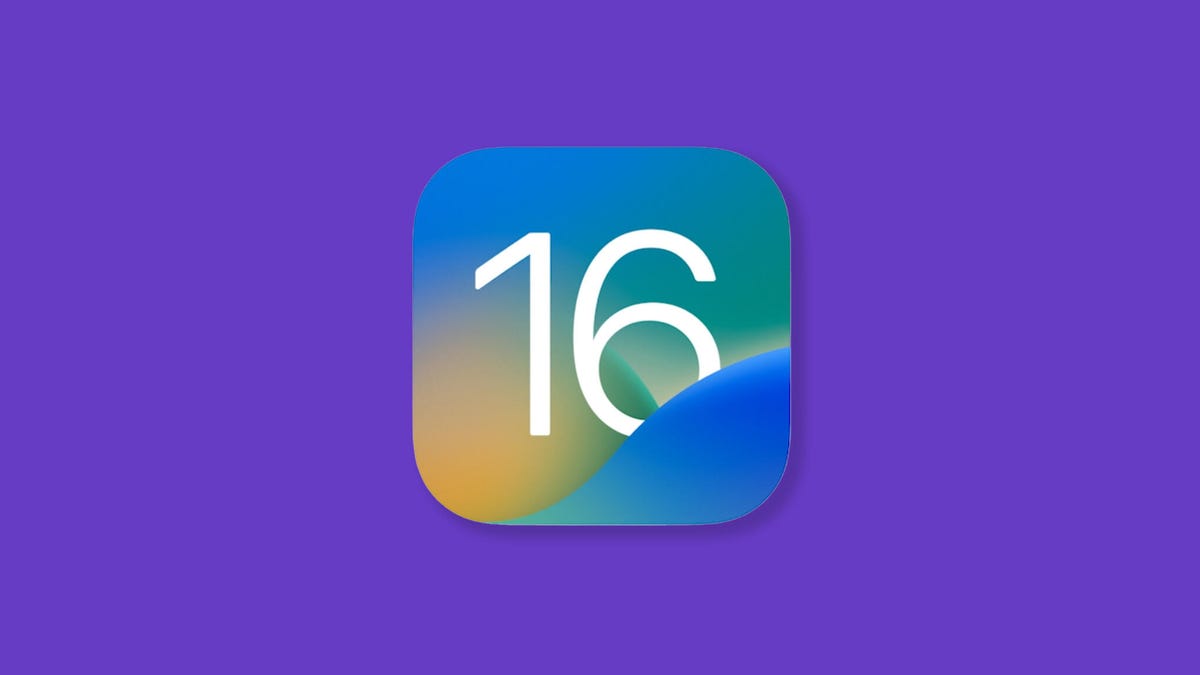iOS 16: The Big Features We Are Still Waiting For
Commentary: Apple's bringing the always-on display to the iPhone 14 Pro, but there are other features we'd still like to see.

Apple's new iPhone 14 line debuted last week, and with it came a few more looks at iOS 16 ahead of Monday's public release. Previously in beta, iOS 16 brings a lot of changes to the iPhone including photo-editing tricks, the ability to edit and unsend iMessage texts, and an Apple Maps makeover among many other new improvements. But despite numerous new features, there are several things that we see on other Apple products and Android phones that don't appear to be coming to iOS.
I don't mean to discount the good highlights -- in particular the always-on display mentioned when this list first published after WWDC 2022 did arrive for the iPhone 14 Pro and Pro Max -- but some of these features that still aren't coming to the iPhone are pretty easy to find when you look just beyond the devices that Apple makes.
What We Wanted: Always-on display
What We Got: Available on iPhone 14 Pro and Pro Max
Apple's iPhone 14 Pro and Pro Max will be the first phones made by Apple to include an always-on display, a feature that many Android phones have included over the past decade. An always-on display takes advantage of OLED screens by only lighting up the necessary pixels to show glanceable information like the time and some notifications. Even though Apple has been using OLED screens since 2017's iPhone X, Apple appears to have waited until the 14 Pro and Pro Max in order to make an always-on display that includes wallpaper art and colors.
In Messages you can edit previously sent messages.
What We Wanted: Better texting to non-iPhones
What We Got: A group texting improvement
Apple's iMessage in iOS 16 is gaining the ability to edit and recall messages that haven't already been viewed, but these enhancements are still largely iPhone-only features that aren't advancing the overall state of text messaging within the phone industry. When it comes to texting any other phone that isn't an iPhone, iOS still falls back to the decades-old SMS standard which lacks conveniences like typing indicators and smoother group texting.
While Google has been getting phone carriers to support the RCS standard that includes these features -- admittedly over the course of several years with setbacks -- the standard currently remains Android-only with Google claiming that they would be happy to work with Apple for interoperability.
The chances of that appear as bleak as ever -- Apple CEO Tim Cook recently said at a tech conference that the company sees little demand from its users to support RCS -- but there is some hope for group chats between the iPhone and Android phones. iOS 16 is adding support for message reactions sent over SMS, which currently arrive as a series of messages about how a person "Liked" or "Loved" a message.
Instead, the Messages app will now translate these into the appropriate icon, much like how it already does this when every participant in the group chat uses an iPhone. Google recently added a similar feature into its Messages app, translating iPhone reactions in the same way. This move isn't going to massively improve these group chats, but as a convenience I'll take it.
See also
Split View in iPadOS.
What We Wanted: Split View on bigger iPhone models
What We Got: Nothing yet
Apple's iPad tablets have long included the ability to run two apps side by side, taking advantage of the larger screen. The iPad is also getting its own multitasking boost with iPadOS 16, thanks to the new Stage Manager. Android phones have similarly featured the ability to run multiple apps at once. But on the iPhone, even with the iPhone 13 Pro Max and its 6.7-inch display, there is no ability to use two apps at once.
Apple does allow some limited multitasking on iPhone, such as viewing a picture-in-picture video on top of another app, but it'd be great to occasionally view a condensed version of the Mail app alongside Safari or to place the Calculator app alongside a budgeting app.
iOS 16 gives you a ton of new ways to customize your lock screen.
What We Wanted: More Home Screen, Settings menu customization
What We Got: New lock screen options
One of Android 12's big features is the ability to customize the entire theme of your phone -- including custom colors for the notifications pulldown. While iOS 16 is bringing more control to the lock screen, it'd be a great next step to go further and allow thematic tweaks that extend to notifications and the various settings menus.
Alongside a custom theme, it would also be great if home screens would allow for apps to be placed anywhere we want. While widgets can help with this (I use a full-width weather and calendar widget to push my first row of apps lower), some people might want to exclusively place their apps on the bottom row of their home screen. While the existing Focus modes and App Library feature already let you customize which apps you want to appear on home screens, allowing you free rein of placement would be the next logical step for customization.
The lock screen was a big focus during the iOS 16 presentation. Perhaps next year Apple will once again focus on the home screen.

